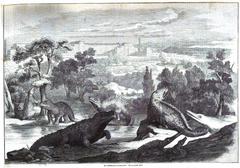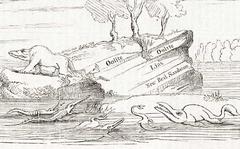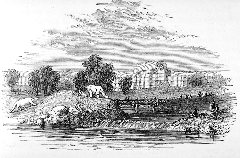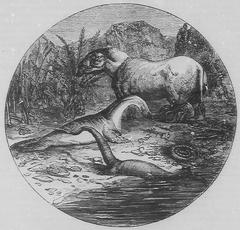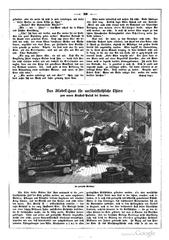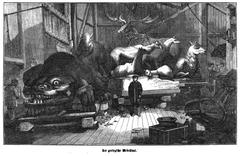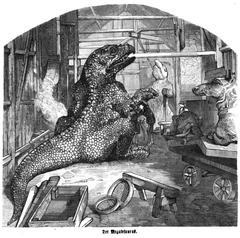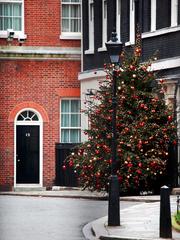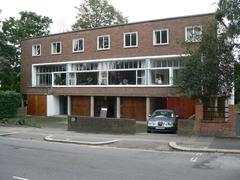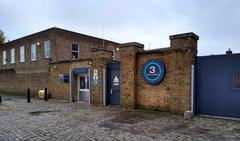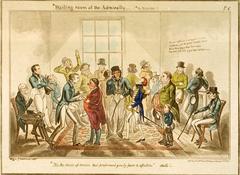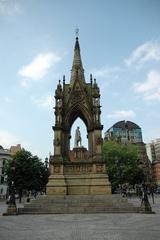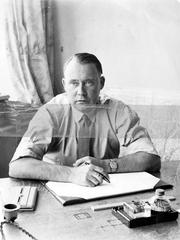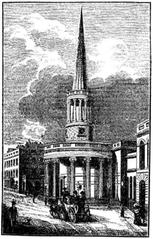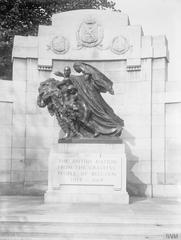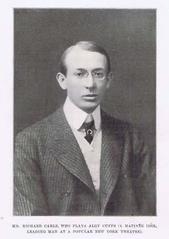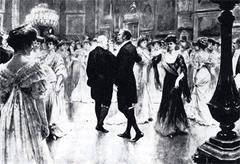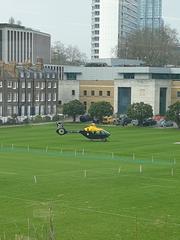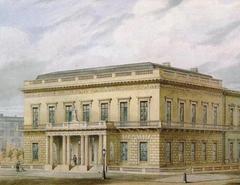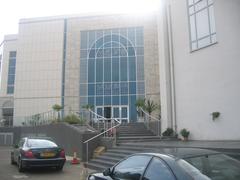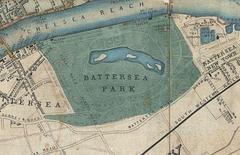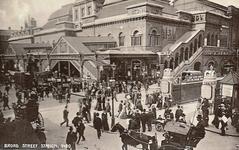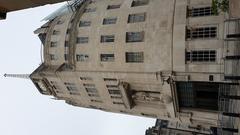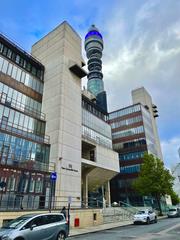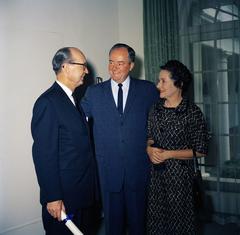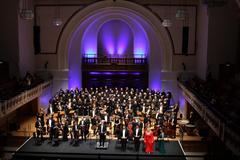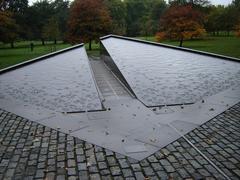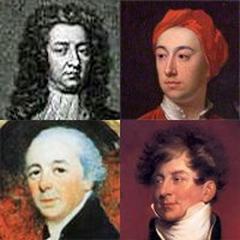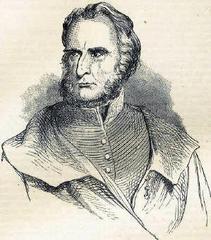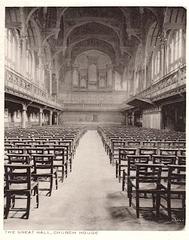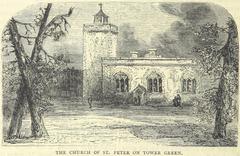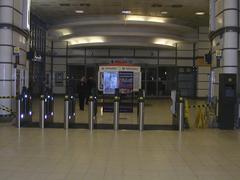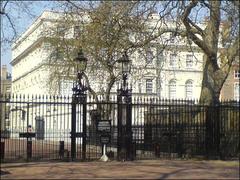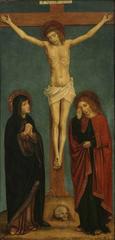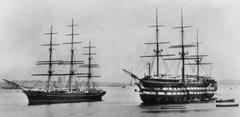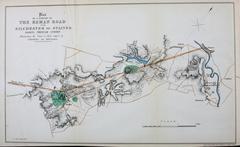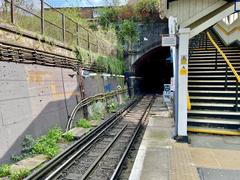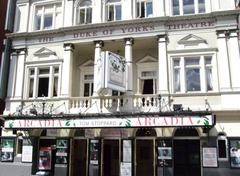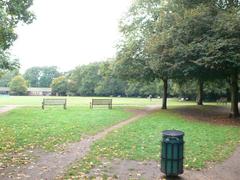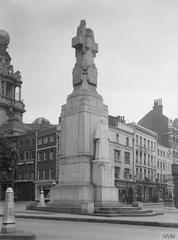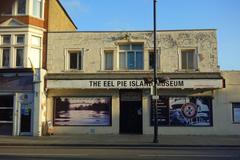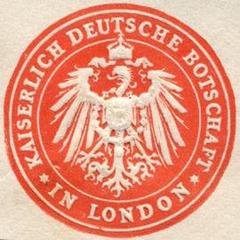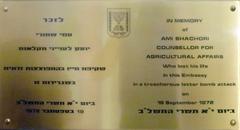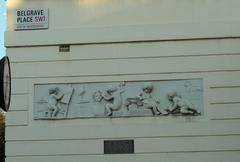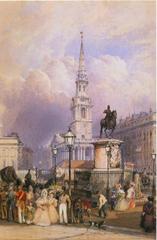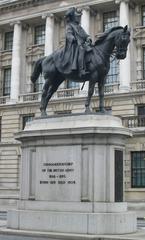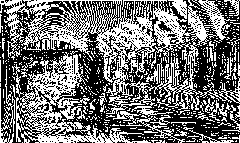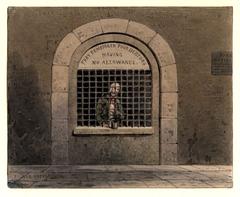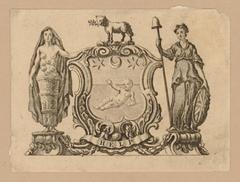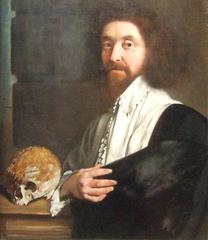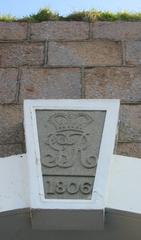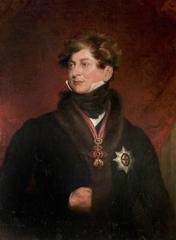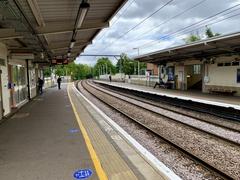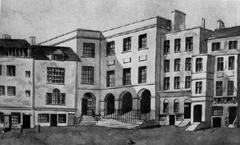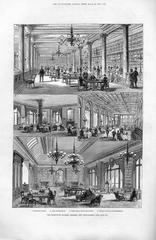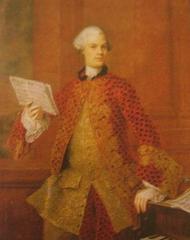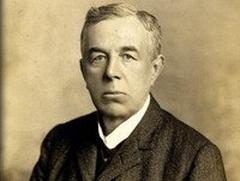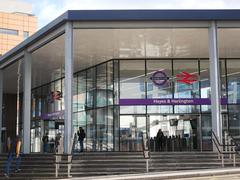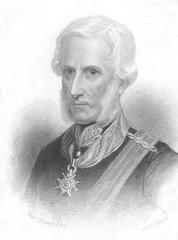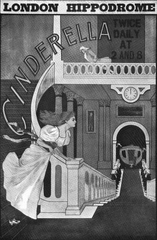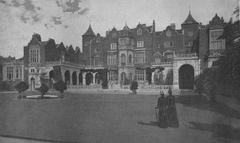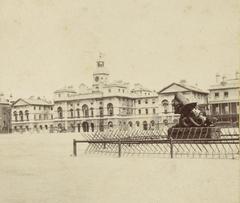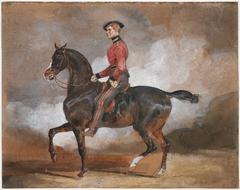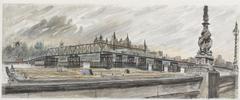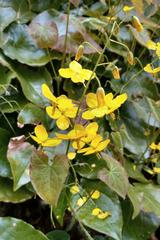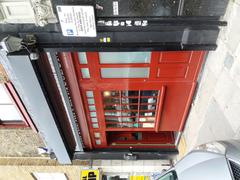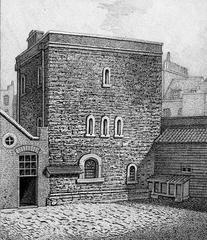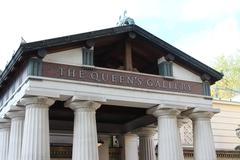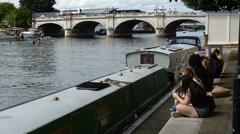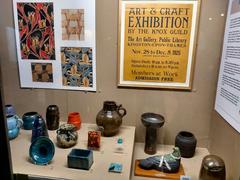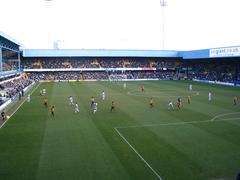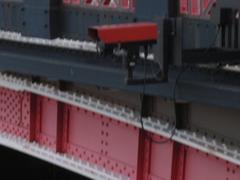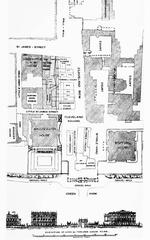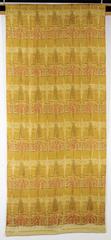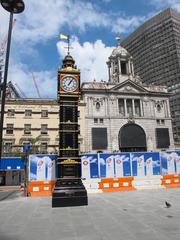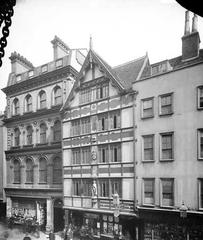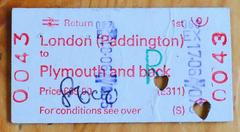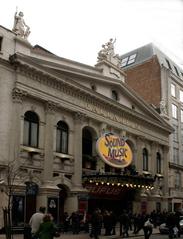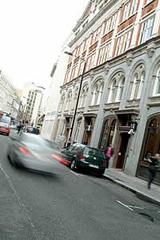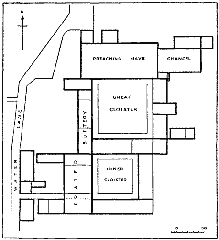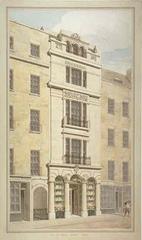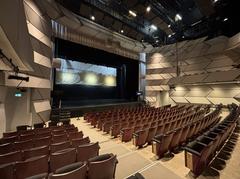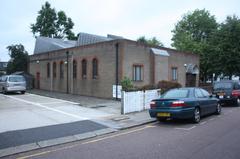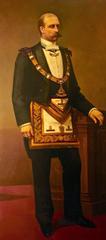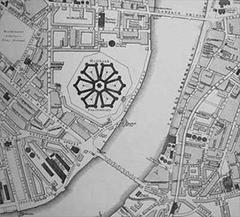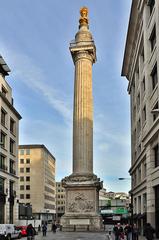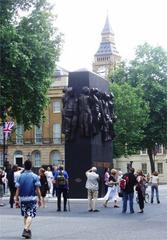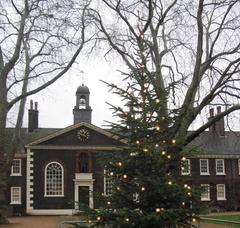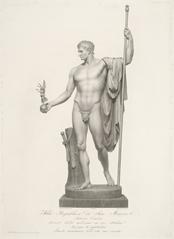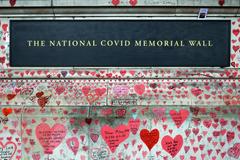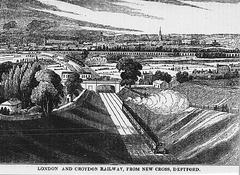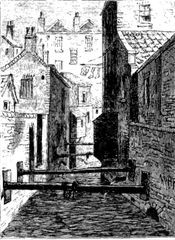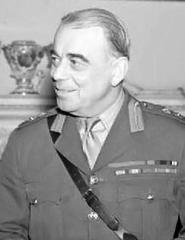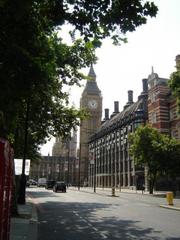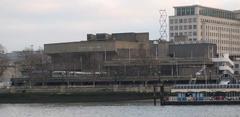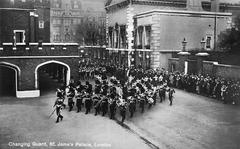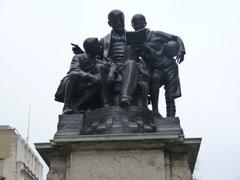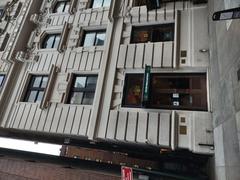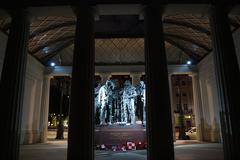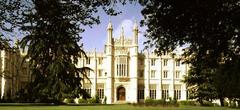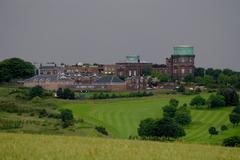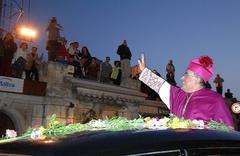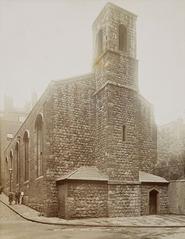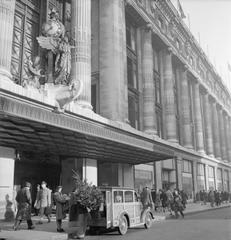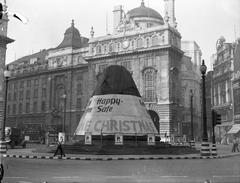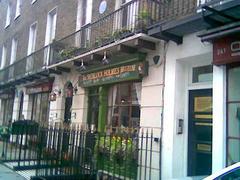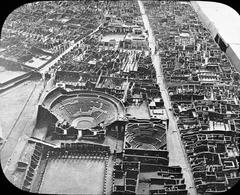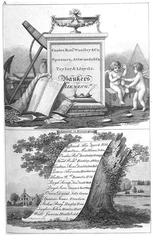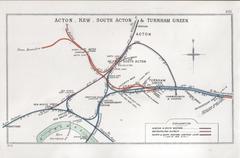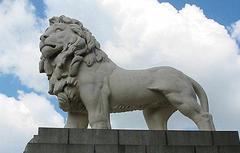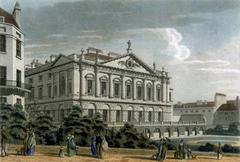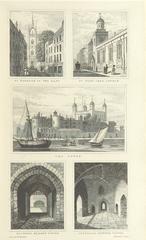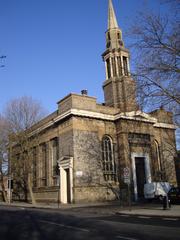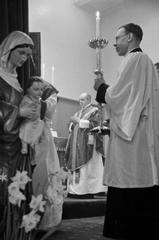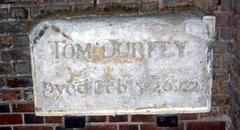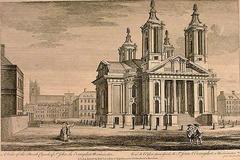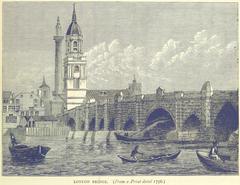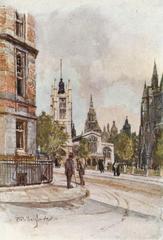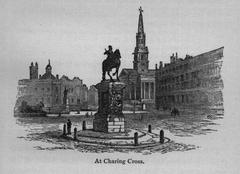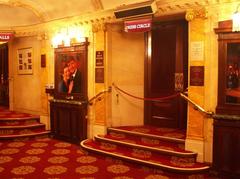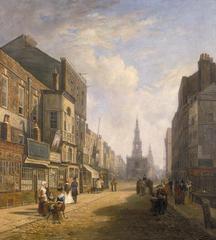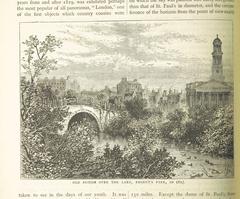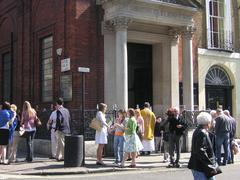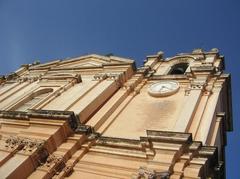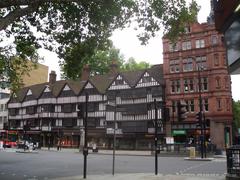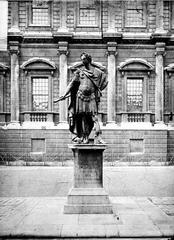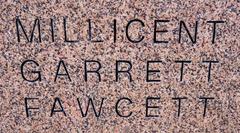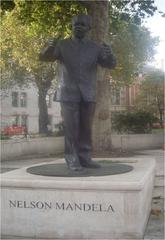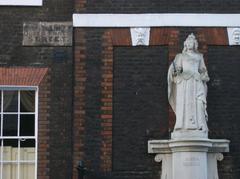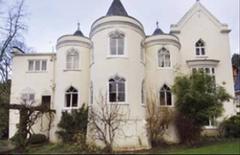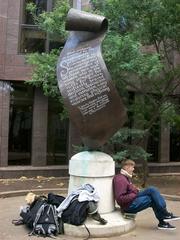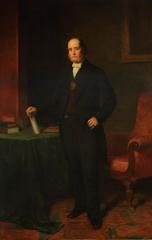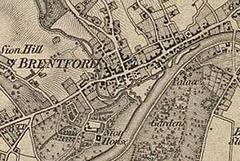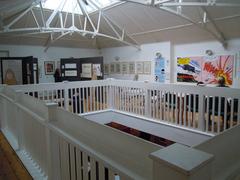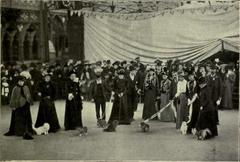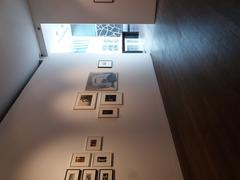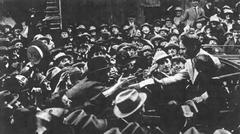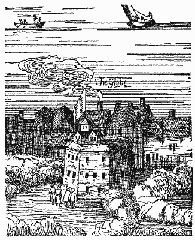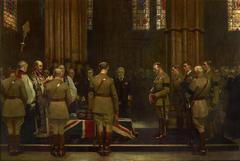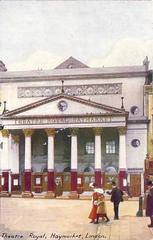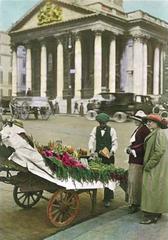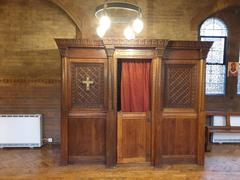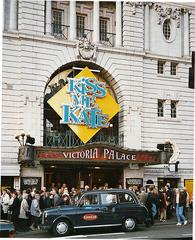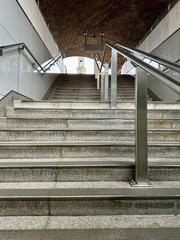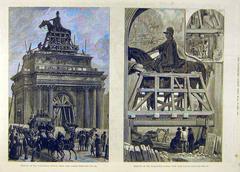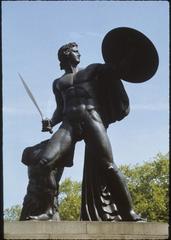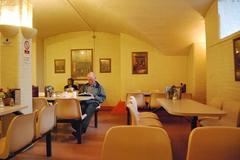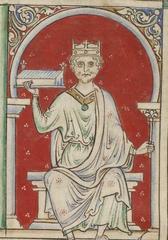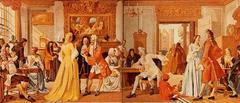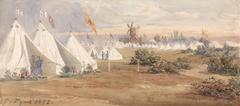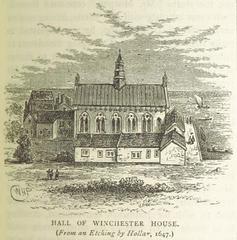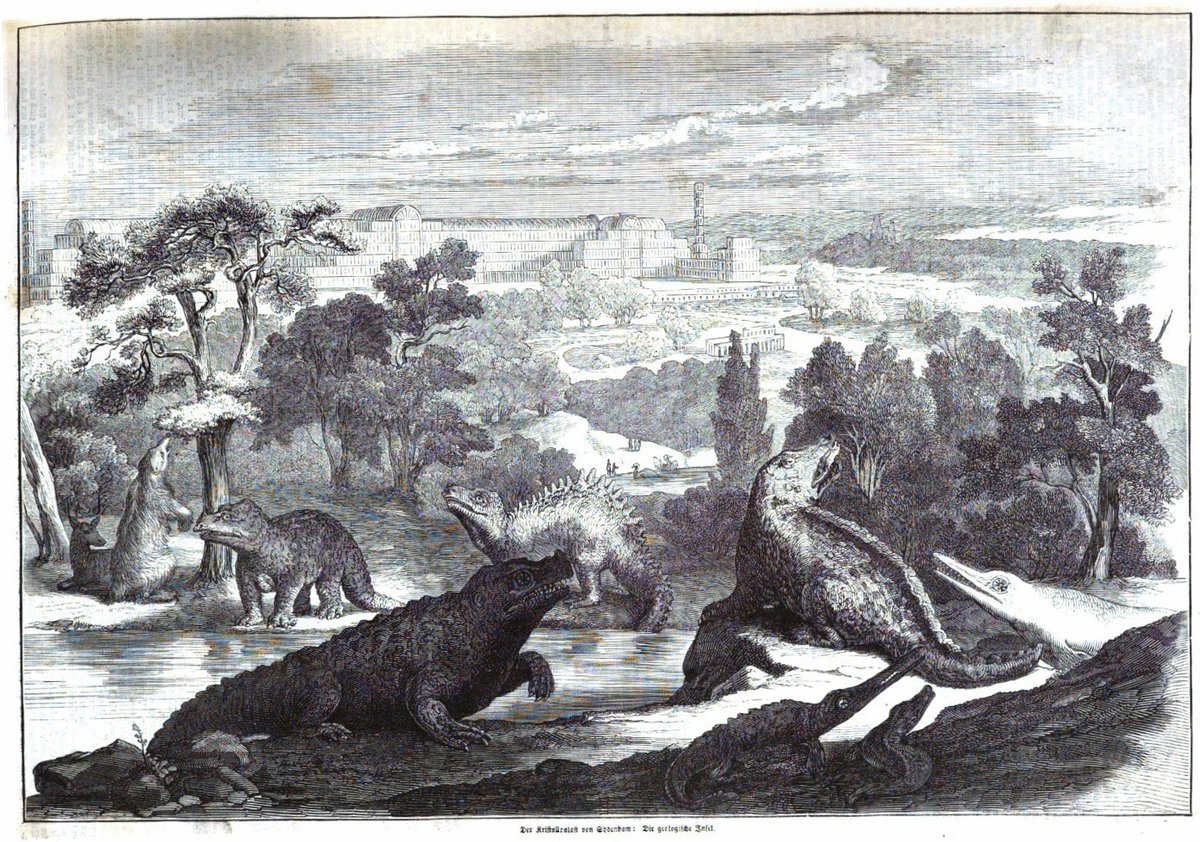
Visiting Hylaeosaurus in London: History, Significance, Visitor Tips, and More
Date: 24/07/2024
Introduction
Hylaeosaurus, one of the earliest identified dinosaurs, has captivated the interest of paleontologists and the general public since its discovery in the early 19th century. This detailed guide aims to provide visitors with all the necessary information for a memorable visit to the Hylaeosaurus exhibits located at the Natural History Museum and Crystal Palace Park in London. The significance of Hylaeosaurus extends beyond its physical presence; its discovery was a pivotal moment in paleontological history, contributing to the foundational understanding of dinosaur taxonomy. Gideon Mantell’s identification of Hylaeosaurus fossils in 1832 and Richard Owen’s subsequent classification of this species under the newly coined term ‘Dinosauria’ highlight its historical importance (Natural History Museum). This guide will cover the exhibit’s history, ticket information, travel tips, and nearby attractions, ensuring that visitors have a comprehensive and enriching experience.
Table of Contents
- Introduction
- History and Significance
- Visitor Information
- Travel Tips and Nearby Attractions
- Conclusion
- FAQ
History and Significance
Discovery and Early Research
The discovery of Hylaeosaurus is a tale of serendipity and scientific insight. On July 20, 1832, a quarry explosion in the Grinstead Clay Formation, West Sussex, unearthed several boulders bearing the bones of a saurian. These fragments caught the attention of fossil collector Gideon Mantell, who recognized their significance despite initial skepticism. Mantell’s perseverance led to the assembly of a partially articulated skeleton, marking a significant milestone in paleontology.
Gideon Mantell and the First Fossils
Gideon Mantell, an English paleontologist, identified the first fossils of Hylaeosaurus in 1832. His discovery in Sussex, England, was pivotal as it marked the beginning of an exciting chapter in the study of prehistoric life. Mantell’s work laid the foundation for future paleontological research and significantly contributed to the understanding of dinosaur taxonomy.
Richard Owen and the Term ‘Dinosaur’
Richard Owen, a prominent figure in paleontology, played a crucial role in the recognition and classification of Hylaeosaurus. In 1842, Owen coined the term ‘Dinosauria’ and included Hylaeosaurus as one of the three genera that defined this new group, alongside Iguanodon and Megalosaurus. Owen’s work, including his discussions in ‘Medals of Creation,’ helped establish the concept of dinosaurs and sparked public interest in these prehistoric creatures.
Visitor Information
Ticket Prices and Visiting Hours
Visitors can explore the Hylaeosaurus exhibit at the Natural History Museum in London. The exhibit is open daily from 10:00 AM to 5:30 PM. Admission is free, but donations are welcomed to support the museum’s ongoing research and educational programs.
Special Events and Guided Tours
The museum offers guided tours of the exhibit, providing in-depth insights into the history and significance of Hylaeosaurus. Special events, such as ‘Dinosaur Days’ and educational workshops, are held throughout the year. Check the museum’s official website for the latest updates and event schedules.
Travel Tips and Nearby Attractions
How to Get There
The Natural History Museum is located in South Kensington, London. It is easily accessible by public transport, with the nearest Underground station being South Kensington, served by the District, Circle, and Piccadilly lines. Bus routes 14, 49, 70, 74, 345, 360, 414, and C1 also stop nearby.
Nearby Attractions
While visiting the Hylaeosaurus exhibit, make sure to explore other notable attractions within the Natural History Museum, such as the Darwin Centre and the Earth Hall. Additionally, the Science Museum and the Victoria and Albert Museum are located nearby, offering a full day of educational and cultural experiences.
Conclusion
The Hylaeosaurus exhibit at the Natural History Museum in London offers a unique opportunity to delve into the history of one of the earliest identified dinosaurs. From its discovery by Gideon Mantell to its role in defining the term ‘Dinosauria,’ Hylaeosaurus has significantly contributed to our understanding of prehistoric life. Plan your visit today and immerse yourself in the fascinating world of dinosaurs.
FAQ
Q: What are the visiting hours for the Hylaeosaurus exhibit?
A: The exhibit is open daily from 10:00 AM to 5:30 PM.
Q: Is there an admission fee?
A: Admission is free, but donations are appreciated.
Q: How can I get to the Natural History Museum?
A: The museum is located in South Kensington, London, and is accessible by public transport, including the Underground and various bus routes.
Q: Are there guided tours available?
A: Yes, the museum offers guided tours of the Hylaeosaurus exhibit. Check the official website for details and schedules.
Visiting Hylaeosaurus at Crystal Palace Dinosaurs, London
Introduction
If you’re planning a visit to the historical Hylaeosaurus at Crystal Palace Dinosaurs in London, you’re in for a treat. This comprehensive guide will provide you with all the information you need, from visiting hours and ticket prices to historical context and photography tips.
Getting There
The Crystal Palace Dinosaurs are located in Crystal Palace Park, in the London borough of Bromley. The park is easily accessible by public transport.
- By Train: The nearest train station is Crystal Palace, which is served by both Overground and National Rail services. From the station, it’s a short walk to the park.
- By Bus: Several bus routes serve the area, including routes 3, 122, 157, 202, 227, 249, 322, 358, and 432.
- By Car: If you’re driving, there is parking available in and around the park, but it can get busy, especially on weekends and holidays. For more detailed travel information, you can visit the Transport for London website.
Best Time to Visit
Crystal Palace Park is open year-round, but the best time to visit is during the spring and summer months (April to September) when the weather is more likely to be pleasant. The park is open from dawn until dusk, and entry is free.
Visiting Hours and Ticket Prices
The park is open from dawn until dusk, and entry is free. However, if you wish to join a guided tour, there may be a fee. Check the Friends of Crystal Palace Dinosaurs website for the latest information on tours and ticket prices.
What to Bring
- Comfortable Footwear: The park is large, and you’ll be doing a fair amount of walking, so comfortable shoes are a must.
- Weather-Appropriate Clothing: London weather can be unpredictable, so it’s a good idea to bring a waterproof jacket and an umbrella, even in the summer.
- Camera: The dinosaur sculptures make for great photo opportunities, so don’t forget your camera or smartphone.
- Picnic Supplies: There are plenty of lovely spots for a picnic in the park, so consider bringing some snacks or a packed lunch.
History and Cultural Significance
The Crystal Palace Dinosaurs are a series of sculptures representing various prehistoric animals, including the Hylaeosaurus. Created in the mid-19th century, these sculptures were among the first attempts to model extinct animals based on fossil evidence. They hold significant cultural and historical value as they represent early scientific interpretations of dinosaurs.
Guided Tours and Educational Resources
While you can explore the park on your own, guided tours are available and can provide a wealth of information about the history and significance of the dinosaur sculptures. These tours are often led by knowledgeable guides who can offer insights into the scientific context and the artistic process behind the models. For more information on guided tours, you can check the Friends of Crystal Palace Dinosaurs website.
Accessibility
Crystal Palace Park is generally accessible to visitors with disabilities, but some areas may be challenging due to uneven terrain. The park has several accessible paths, and there are disabled parking spaces available. For specific accessibility information, it’s best to contact the park directly or visit their official website.
Nearby Attractions
While visiting the Hylaeosaurus and other dinosaur sculptures, you might also want to explore other attractions within Crystal Palace Park:
- Crystal Palace Museum: Learn more about the history of the Crystal Palace and its impact on the area.
- Maze: A fun activity for families, the maze is one of the largest in the country.
- Sports Facilities: The park has a variety of sports facilities, including a national sports centre, tennis courts, and a skate park.
- Children’s Farm: A great spot for younger visitors to interact with farm animals.
Dining Options
There are several cafes and food stalls within the park where you can grab a bite to eat. Additionally, the surrounding area of Crystal Palace has a variety of restaurants and pubs offering a range of cuisines. For a more detailed list of dining options, you can visit Tripadvisor.
Safety Tips
- Stay on Designated Paths: To protect both the sculptures and yourself, it’s important to stay on the designated paths and not climb on the models.
- Supervise Children: The park is family-friendly, but it’s important to keep an eye on young children, especially near the water features.
- Be Aware of Wildlife: The park is home to various wildlife, including birds and squirrels. While they are generally harmless, it’s best to observe them from a distance.
Photography Tips
- Golden Hour: For the best lighting, try to visit during the golden hours of early morning or late afternoon.
- Angles and Perspectives: Experiment with different angles and perspectives to capture the grandeur of the sculptures.
- Include Context: Including some of the surrounding landscape in your photos can provide context and make your images more interesting.
Special Events
Crystal Palace Park often hosts special events, including outdoor concerts, festivals, and educational workshops. These events can provide a unique way to experience the park and its attractions. For a current list of events, you can visit the Crystal Palace Park Events page.
FAQ Section
Q: What are the visiting hours for Crystal Palace Park?
A: The park is open from dawn until dusk.
Q: Is there an entry fee to see the Hylaeosaurus?
A: Entry to the park is free, but guided tours may have a fee.
Q: Are there any dining options within the park?
A: Yes, there are several cafes and food stalls within the park.
Conclusion
A visit to the Hylaeosaurus exhibits in London offers a unique blend of historical insight and cultural enrichment. Whether you’re exploring the meticulously curated displays at the Natural History Museum or the iconic sculptures at Crystal Palace Park, the experience is bound to be educational and inspiring. The discovery of Hylaeosaurus by Gideon Mantell and its subsequent classification by Richard Owen were landmark events that significantly advanced the field of paleontology. Today, these exhibits serve not only as a window into the distant past but also as a testament to the enduring human curiosity about prehistoric life. Plan your visit to delve deeper into the fascinating world of dinosaurs and make the most of your time exploring the surrounding attractions in London (Friends of Crystal Palace Dinosaurs).
References
- Natural History Museum. (n.d.). Hylaeosaurus exhibit (https://www.nhm.ac.uk/)
- Friends of Crystal Palace Dinosaurs. (n.d.). Crystal Palace Dinosaurs (https://cpdinosaurs.org/)
